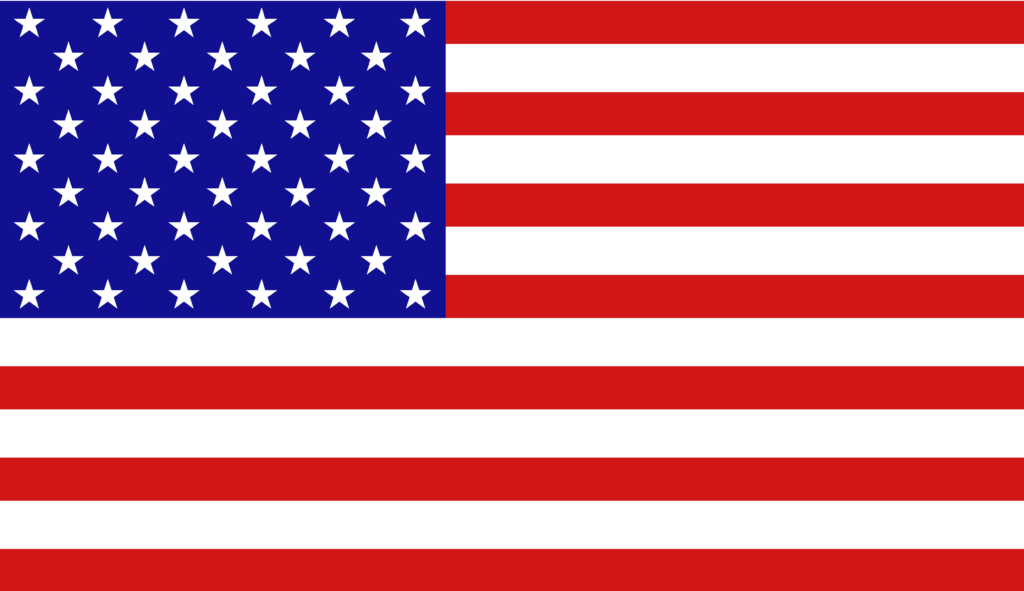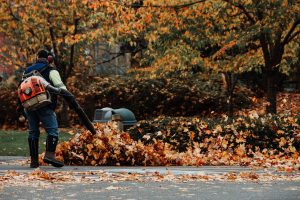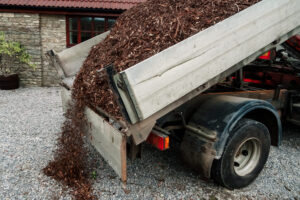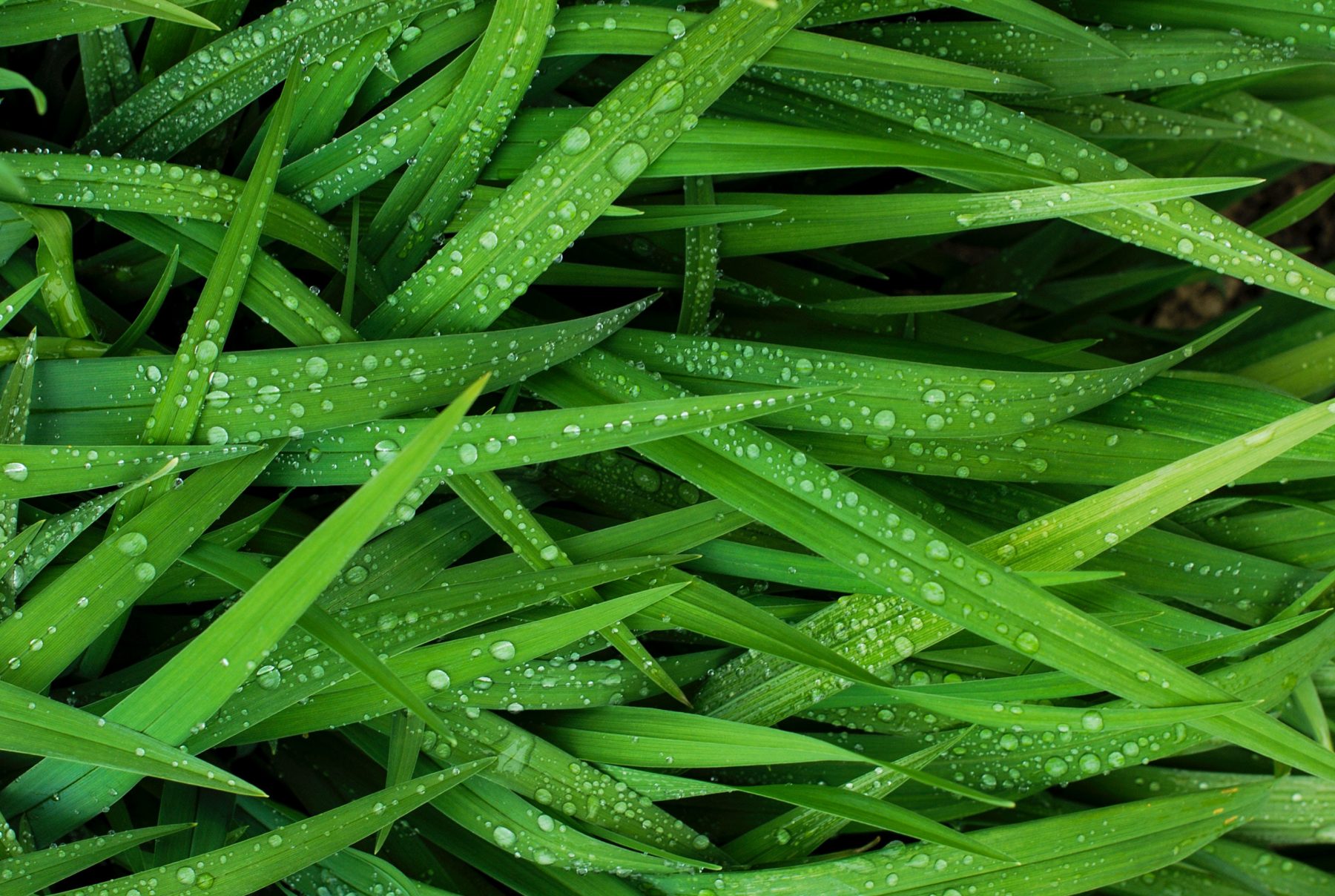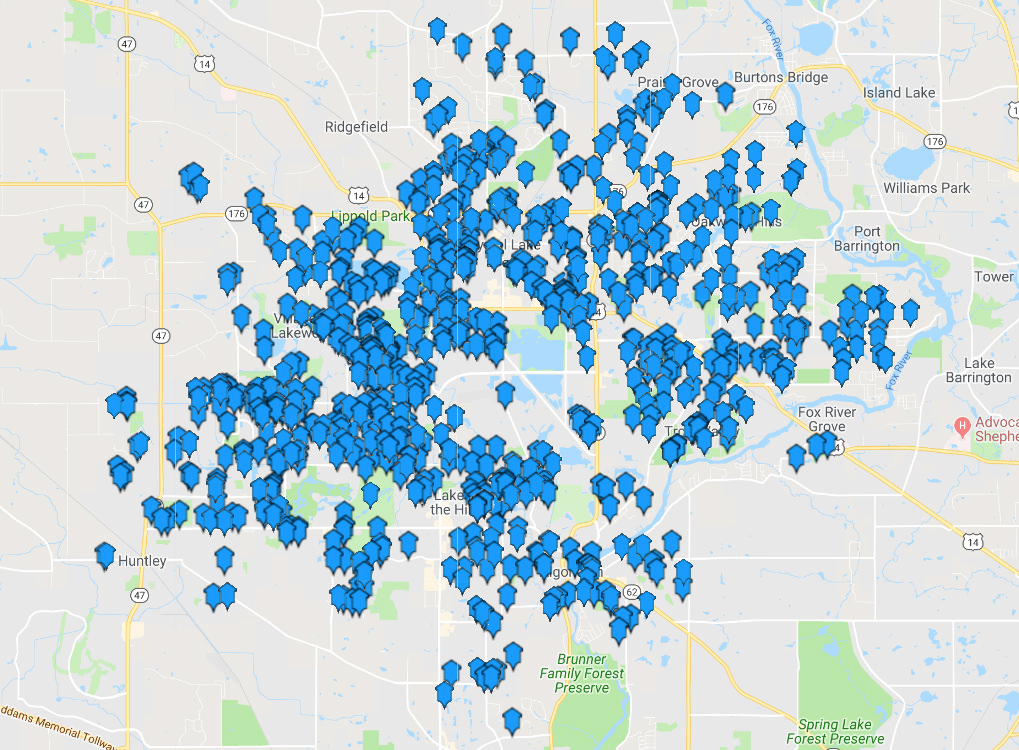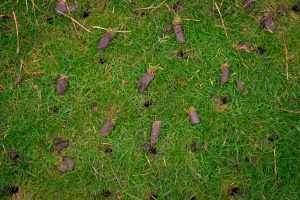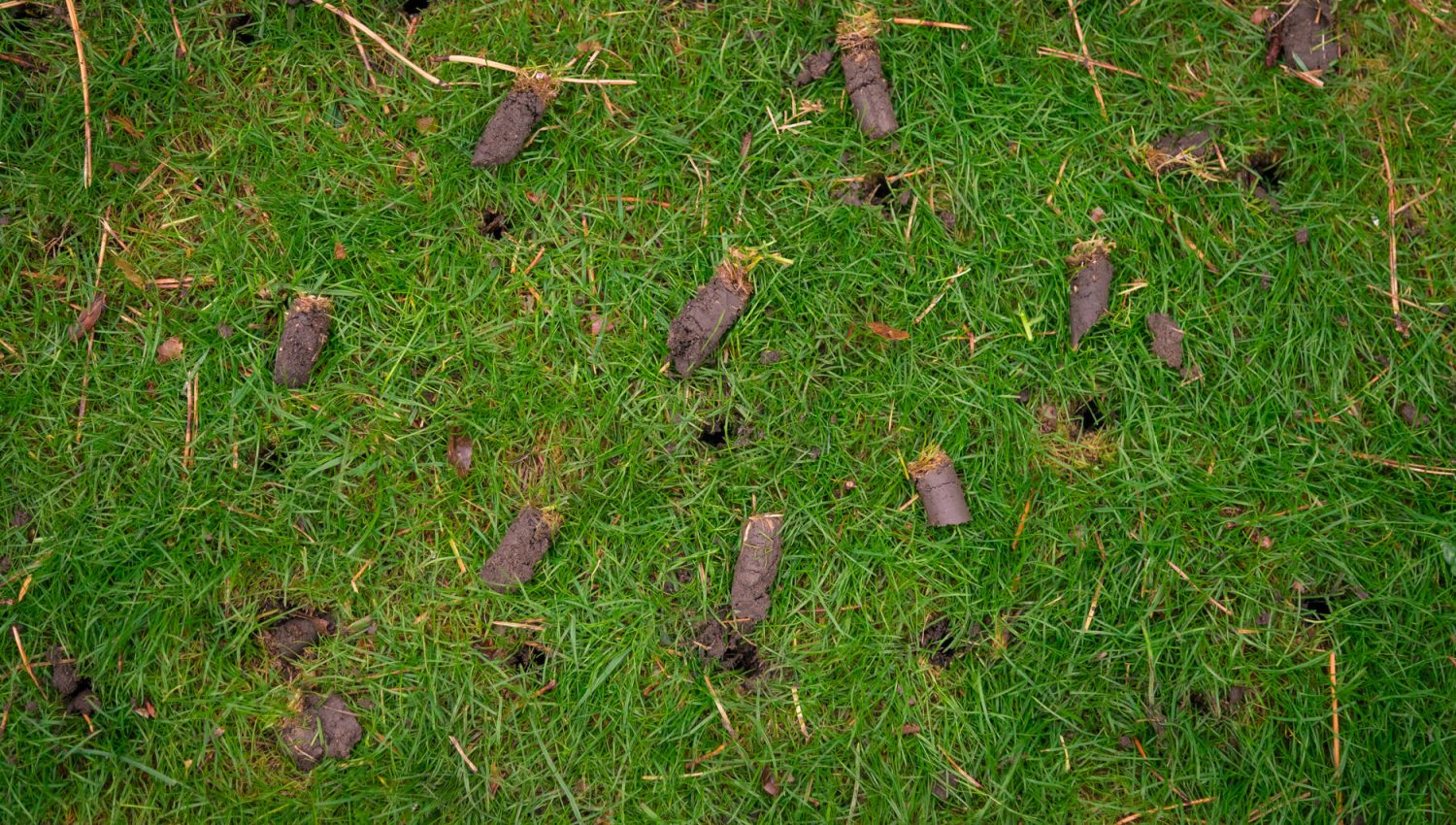
Is It Better To Aerate Or Dethatch Your Lawn?
Quick Guide
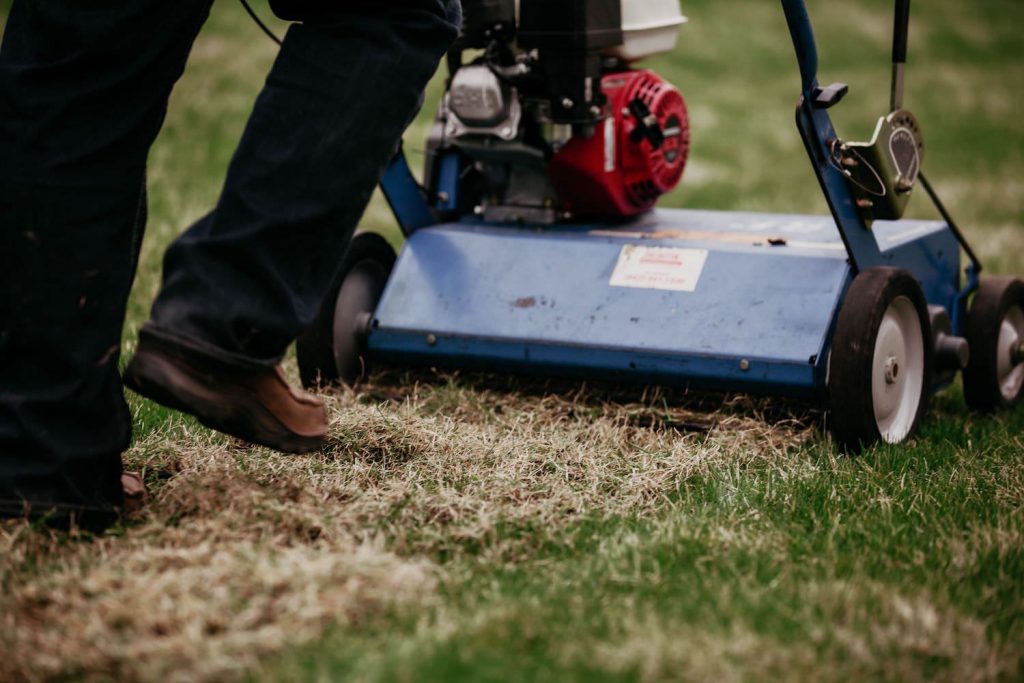
What Does Dethatching Do?
Dethatching is the process of removing the thatch layer that accumulates on your lawn over time. Thatch consists of a dense layer of dead grass, roots, and other organic matter that gathers on the soil's surface. A thin layer of thatch is natural and beneficial; however, an excessive layer can prevent water, air, and nutrients from penetrating the soil and reaching the grass's roots. Consequently, this can lead to an unhealthy, weakened lawn.
Dethatching requires specialized equipment such as a dethatcher, which will cut through the thatch and lift it to the surface for removal. Although it is a critical lawn care practice, it does not need to be done frequently. Dethatching once a year or every other year is usually enough. Still, the frequency may vary based on grass type, climate, and how well you maintain your lawn.
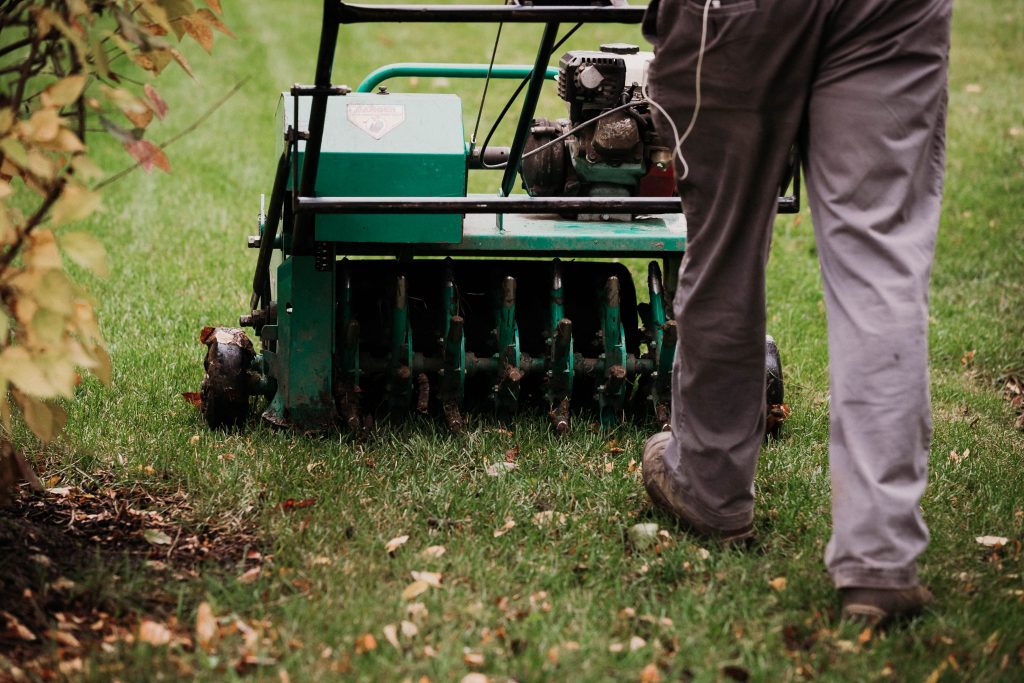
What Does Core Aeration Do For A Lawn?
Aeration is a different but crucial process in maintaining a healthy lawn. It involves perforating the soil with small holes, allowing air, water, and nutrients to penetrate deeper into the root zone. The holes help reduce soil compaction that can occur over time due to foot traffic, heavy equipment, and the natural settling of the soil.
Aeration uses various methods, including spike, plug, or core aerators. Although each technique creates holes in the soil, core aerators are often preferred because they remove small plugs of soil, promoting better airflow and root development.
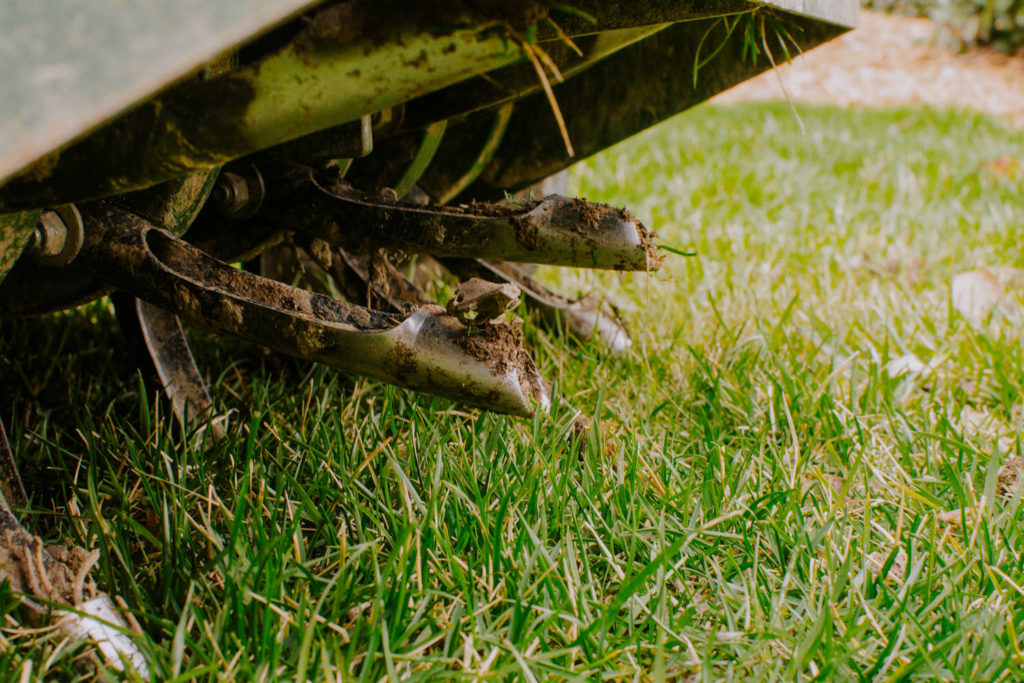
Is it better to Aerate Or Dethatch
Is It Better To Aerate Or Dethatch Your Lawn?
Now, let's address the crucial question of whether you need to dethatch your lawn or if you aerate it. The answer depends on the condition of your property and your specific goals.
Accessing The Thatch Layer:
Inspect your lawn to determine the thickness of the thatch layer. Suppose you have a relatively thin layer of thatch (less than half an inch). In that case, aeration alone might be enough to improve the health of your lawn. Core aeration helps with soil compaction and enhances the movement of air, water, and nutrients, which can help break down some thatch.
Addressing Severe Thatch Issues:
If your lawn has a thick thatch layer (more than half an inch), it is generally a good idea to dethatch it before aerating. Excessive thatch can block the holes created during aeration, preventing the benefits from reaching the root zone. In such cases, dethatching followed by core aeration can be a more practical approach.
Regular Maintenance:
If you're on a regular lawn care schedule and dethatch your lawn every few years, you may not need to do it every time you aerate. Aeration alone can provide significant benefits for soil health and grass growth. However, if it's been a while since your last dethatching, consider combining both practices for the best outcome.
Grass Type Matters:
Your decision could also depend on the grass in your lawn since different types of grass can tolerate thatch to varying degrees. Warm-season grasses such as Bermuda and Zoysia generally tolerate thatch better than cool-season grasses such as Kentucky Bluegrass or Fescue.
Lawn Fertilization & Weed Treatments
Looking to get signed up for service? Learn more about our current services & quickly get a quote for your property.
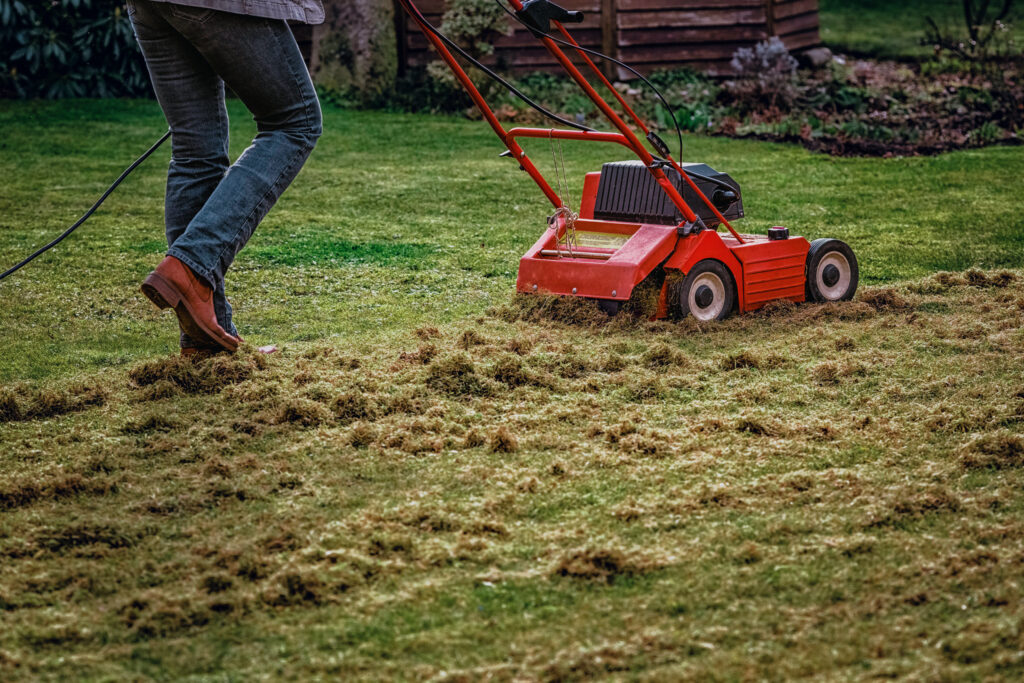
Conclusion Aeration Or Dethatching
Should You Aerate Or Dethatch Your Lawn?
In summary, whether you should aerate or dethatch your lawn depends on the specific conditions of your yard. Suppose your property has a significant thatch problem. In that case, it is advisable to dethatch before aerating to maximize the benefits of both processes. However, aeration alone can be enough for routine lawn maintenance and prevention of thatch buildup.
Regular assessment and a tailored approach to your lawn's needs will help you achieve a healthy, vibrant lawn that will be the envy of your neighborhood. Consulting with a lawn care professional can provide invaluable insight into your lawn's needs and the best action. Call our office today to find out what our professionals recommend for your yard.
Start Your Quote Today! Getting Started
Get your weekend back & simplify your life this season. Trust Elite Lawn Care for your Lawn Care, Landscaping & Snow Removal needs.
-
1Choose Your ServicesChoose the services your property needs throughout the year.
-
2Set Up & Finalize Your AccountFill out the form & one of our team members will contact you.
-
3Discover The DifferenceServices are automatically scheduled, completed & billed.

